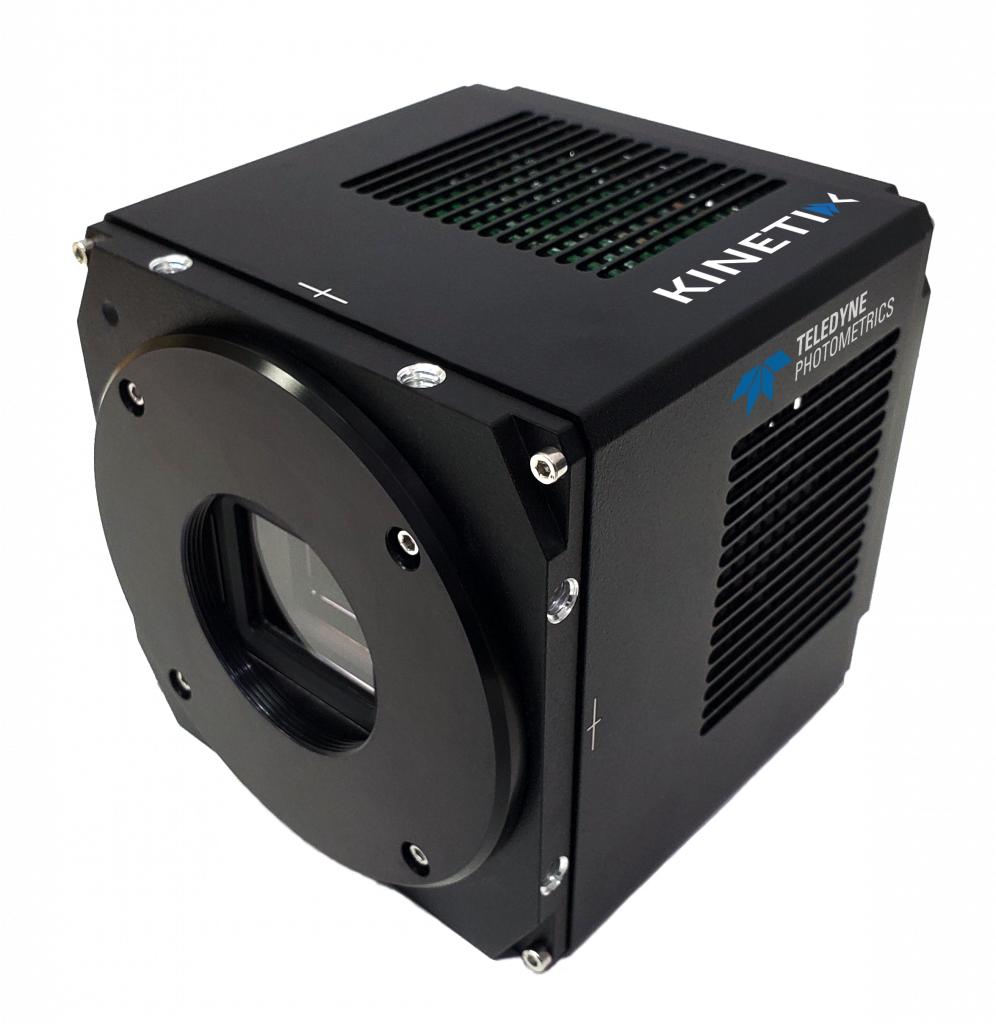Dr. Jorge Arrieta, Dr. Marco Polin
Mediterranean Institute for Advanced Studies (IMEDEA), University of the Balearic Islands
Background
Dr. Jorge Arrieta is a postdoctoral researcher at IMEDEA in the lab of Drs. Marco Polin and Idan Tuval, whose research area involves analysing the motility and behavioural in response to external stimuli of the microalgae Chlamydomonas reinhardtii. These microalgae are a popular model system for study of eukaryotic flagella, photosynthesis, and the diurnal cycle, and can detect light and then reorient themselves towards or away from it, a response known as phototaxis. This is linked to the photosynthetic activity of the cell in a way that is not well understood. Clarifying the link between photosynthesis and phototaxis will allow researchers to uncover new strategies for light management in microalgae, as well as manipulate these organisms using light for potential use in bioreactors.
The link between phototaxis and microalgae metabolism is a research focus for Dr. Arrieta, “In particular we are aiming to look at the link between light-induced changes in motility and photosynthetic metabolism. The latter can be probed at the single-cell level through chlorophyll autofluorescence.”

Challenge
These experiments involve studying phototaxis in individual cells held on micropipettes and subject simultaneously to independent light-stimulation to the eyespot and the chloroplast. As Dr. Arrieta outlines, “We will look at metabolism by monitoring minute changes in chlorophyll autofluorescence. For this, we will need a high sensitivity and low-noise camera.”
The cells respond differently to high and low light stimuli, moving towards light in the former case and away from it in the latter. As Dr. Arrieta mentioned, “We aim to focus on the range that results in positive phototaxis. This translates into low levels of single-cell chloroplast autofluorescence. Therefore, a sensitive camera was needed to detect minute fluorescent signals and, in particular, their changes in time.”
We needed a very sensitive camera like the Kinetix to record changes in fluorescence and measure intensity.
Solution
The Kinetix CMOS is a highly sensitive imaging solution for low light applications that require fine levels of signal quantification for delicate samples. Imaging of small, sensitive samples is well suited to the Kinetix in Sensitivity Mode, which features near-perfect 95% QE to maximize signal collection, and low read noise CMS technology to minimize the effects of noise.
With the new Sub-Electron Mode, the Kinetix reaches read noise levels of 0.7 electrons, allowing for highly sensitive imaging of very small signals, without the impact of read noise.
Dr. Arrieta told us about his experience with the Kinetix, “The camera works well, we can measure fluorescence and in the range of parameters we are aiming to work in the camera is responding very well, a very nice device… the high resolution of the Kinetix works really well and the setup was straightforward.”

